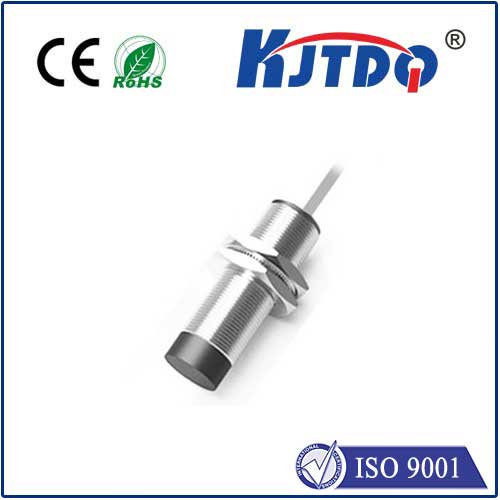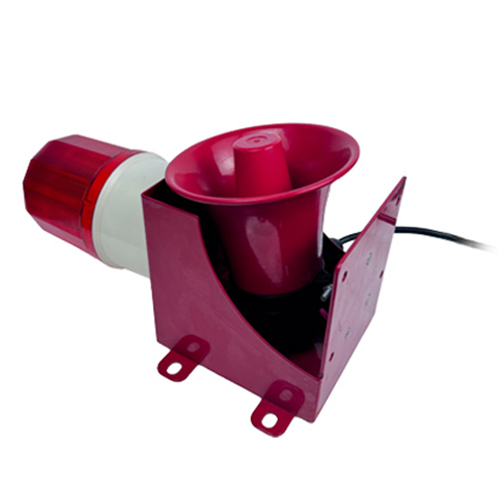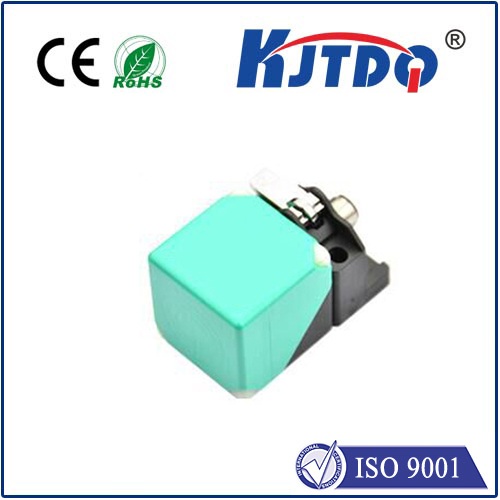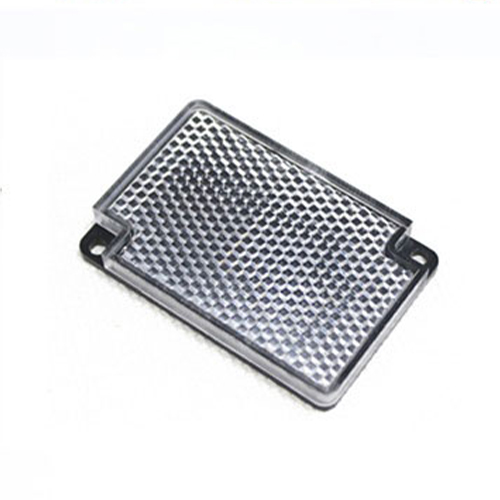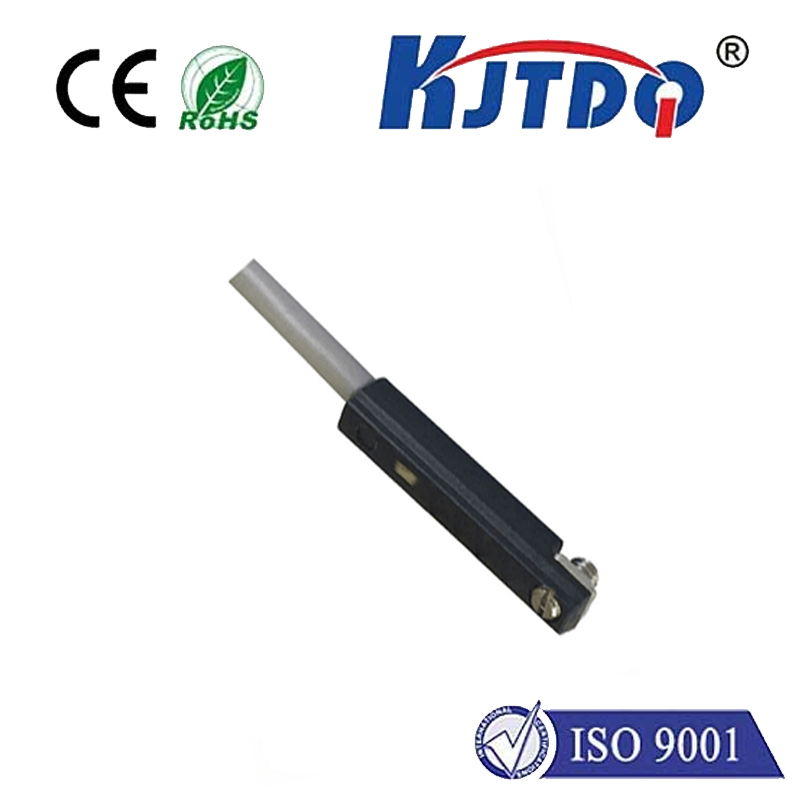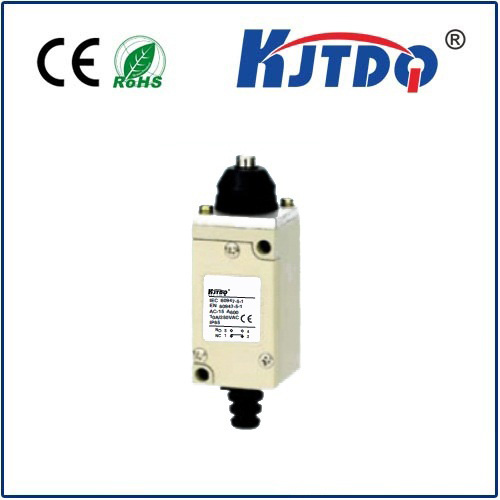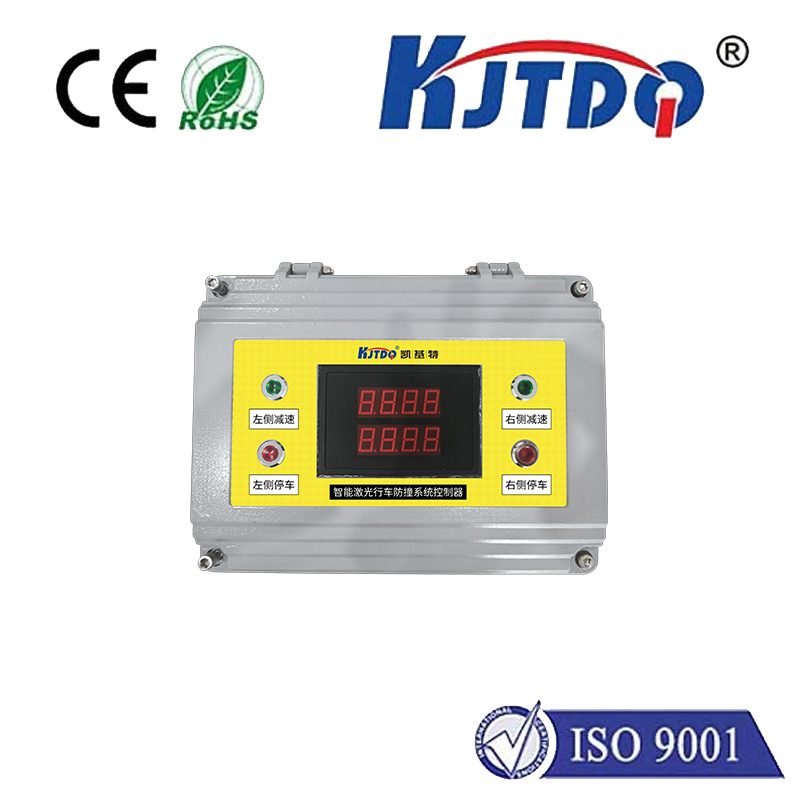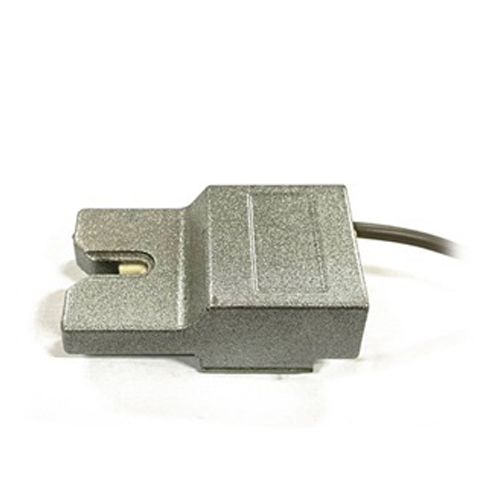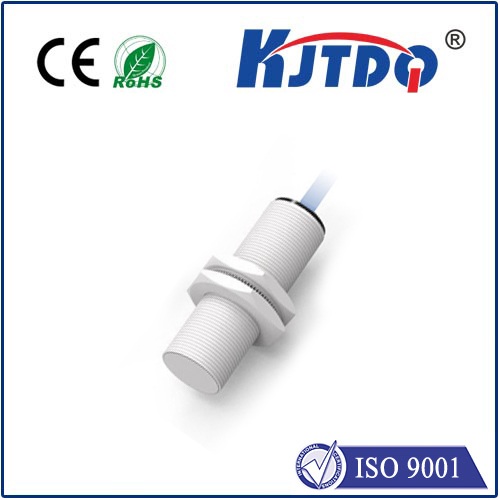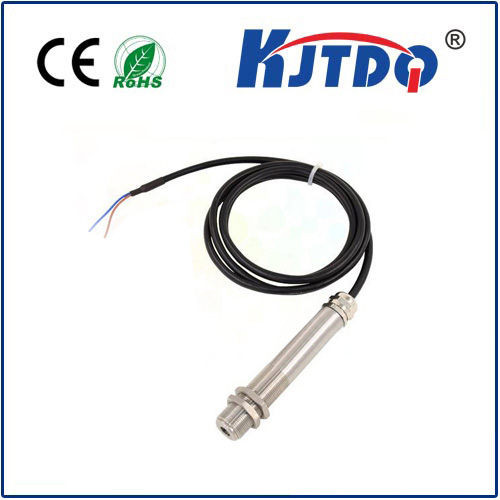

check

check

check

check
The Evolution of Optical Fiber Sensors: A Comprehensive Guide to FU-86A
Optical fiber sensors have become a cornerstone in modern engineering, offering unparalleled precision, durability, and versatility in a wide range of applications. Among the many advancements in this field, the FU-86A optical fiber sensor stands out for its innovative design and robust performance. This article explores the key features, applications, and significance of the FU-86A optical fiber sensor, highlighting how it is reshaping the landscape of sensor technology.
The FU-86A optical fiber sensor is designed to measure physical parameters such as strain, temperature, and pressure with high accuracy and stability. At its core, the sensor utilizes optical fibers to transmit light signals, which are then analyzed to determine the physical properties of the environment. This approach eliminates the need for electrical connections, making the sensor immune to electromagnetic interference and suitable for use in harsh environments.

One of the most significant advantages of the FU-86A is its high sensitivity. The sensor is engineered to detect minute changes in environmental conditions, making it ideal for applications where early detection of disturbances is critical. Whether it is used in structural health monitoring, industrial automation, or medical diagnostics, the FU-86A provides reliable and real-time data. Its ability to operate in extreme temperatures and humidity levels further enhances its performance and longevity.
In addition to its high sensitivity, the FU-86A is designed with durability in mind. The sensor’s construction is made from high-quality materials that ensure long-term reliability and minimal maintenance. This makes it a preferred choice for industries where downtime is costly and precision is paramount. The sensor’s compact size and modular design allow for easy integration into existing systems, providing flexibility in deployment.
The integration of the FU-86A into various systems has opened up new possibilities in different sectors. In structural health monitoring, for example, the sensor can be embedded in bridges, buildings, and infrastructure to continuously monitor stress and strain. This helps in predicting potential failures and ensuring the safety of public infrastructure. In industrial settings, the sensor can be used to monitor temperature fluctuations in manufacturing processes, ensuring optimal performance and reducing energy consumption.
In the medical field, the FU-86A has found applications in non-invasive monitoring systems. Its ability to measure physiological parameters without the need for invasive procedures makes it a valuable tool for patient monitoring and diagnostic applications. The sensor can be used in wearable devices that track vital signs, enabling remote health monitoring and improving patient outcomes.
The future of optical fiber sensors like the FU-86A is bright, with ongoing research and development pushing the boundaries of what is possible. As technology advances, the integration of AI and machine learning into sensor systems is expected to further enhance their capabilities, enabling predictive maintenance and real-time decision-making.
In conclusion, the FU-86A optical fiber sensor represents a significant advancement in sensor technology, offering a unique combination of accuracy, durability, and versatility. Its impact on various industries is profound, and its continued evolution promises to bring even more innovative applications in the years to come. As we look to the future, the FU-86A stands as a testament to the power of optical fiber technology in transforming how we monitor and interact with our environment.
